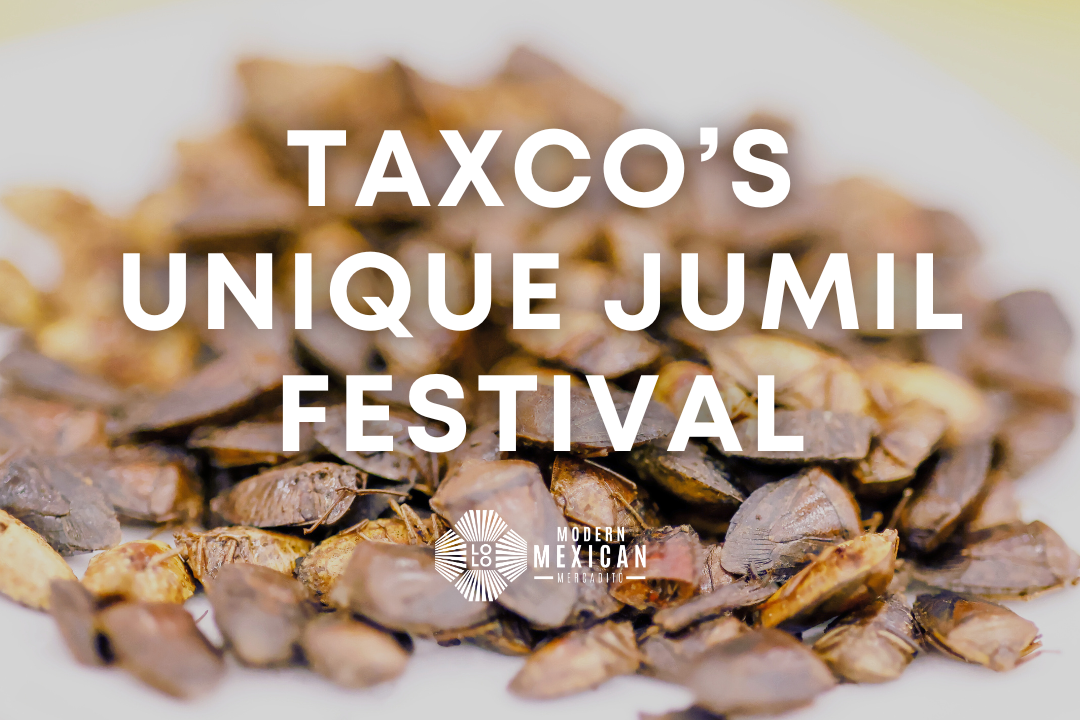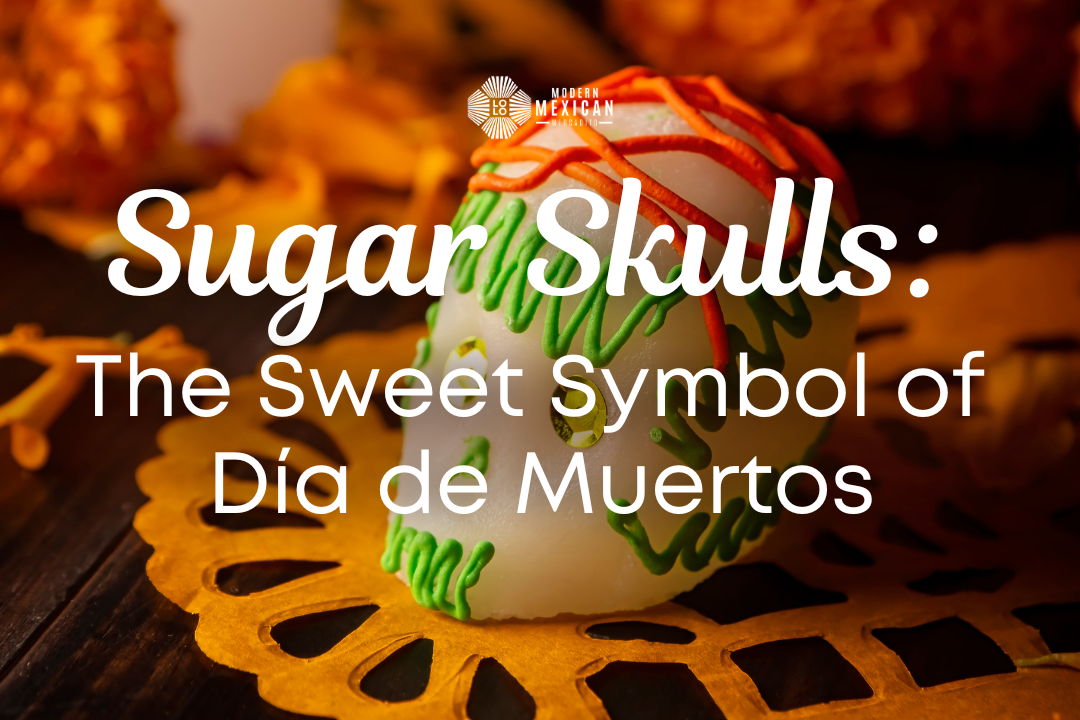Although the celebration of Valentine's Day was a festivity imported from Europe and has no basis in Mexican culture, we have adopted this holiday with enthusiasm because, of course, who doesn’t enjoy tales of romance?
Also, we did not want to miss the opportunity to tell you all about the Totonac’s (indigenous group in Mexico) tragic love story that explains the origin of Vanilla, a vine few know is native to Mexico. So, to celebrate February 14, join us as we relive this great love story and explore details about this delicious ingredient’s origin.
As with many folk tales in Mexico, the legend of the origin of vanilla is a love story that blends romance, tragedy, and the divine, reflecting the rich Mexican mythology as well as its powerful narratives.
In the case of Vanilla, the tale originates from the Totonac people, who were among the earliest cultivators of vanilla. The Totonacs live in what is now known as the coastal region of the state of Veracruz and in the north of Puebla, and they consider the vanilla orchid to be a sacred gift from the gods.
The legend of vanilla is the story told in Papantla, Veracruz. Papantla is a small town with a history as deep and flavorful as the vanilla pods it is famous for and as colorful and dynamic as their famous voladores. According to legend, this is the place where vanilla first blossomed under the hands of the Totonac people.
As the tale has it, the tropical orchid from which vanilla is derived was born from the blood of star-crossed lovers. The story tells of Princess Xanat, forbidden by her father, a Totonac god, to marry a mortal man she loved.

So, let’s not waste any more time and jump right into the legend:
Legend tells that in the village of the three hearts, during the era of the great Totonac lordships, lived the third great ruler of the region, Teniztli, a king who jealously guarded his most significant acquisitions and prides, the most important of which was Tzacopontziza, his daughter, whose name means morning star.
Tzacopontziza was a lady of many fine qualities: possessing immense beauty, she was also intelligent and very talented; for this reason, all the men in the Totonac village wanted to marry the young woman, but the king would not allow any of her many suitors to be by her side, for he believed no one was worthy to marry his precious daughter.
One day, Teniztli sent his daughter to serve at the temple of the goddess Tonacayohua, thinking that this decision would prevent Tzacopontziza from ever marrying. However, the king never imagined that in this temple, his treasured daughter would meet Zkatan-Oxga (the young deer), a young warrior who would give his life for the love he had for her.
They met while the Tzacopontziza was gathering fruit and food to offer to the goddess. They saw each other for the first time by the edge of a stream, and amid all the vegetation, they fell deeply in love... Knowing that their love would cause many problems, they decided to escape together.
Under the cover of night, Zkatan-Oxga and Tzacopontziza fled to the mountains as fast as they could. But the temple priests witnessed their escape and quickly informed King Teniztli, who sent his strongest warriors to retrieve his daughter.
The priests also sought the help of a great beast that harbored fire within and sent it to find the lovers to stop them in their tracks. When it found them, it spewed a fire from its mouth that looked like a wall of burning lava. Facing such an adversary, the lovers had to turn back to hide and find another route to escape, but they did not anticipate being cornered by the warriors sent by Teniztli.
The young couple had committed sacrilege, and so, with a heavy heart, Teniztli ordered his warriors to sacrifice them both. They obeyed the order and extracted the hearts from the two young lovers before casting them onto a cliff, each in different directions.
The goddess Tonacayohua, realizing the injustices that Tzacopontziza and Zkatan-Oxga had suffered, decided to collect the two lovers’ hearts. Both were dry, but something very strange happened; when the goddess brought them together, plants began to grow: from Zkatan-Oxga, a lush and beautiful bush sprouted, and from Tzacopontziza emerged a climbing plant with the green color of the quetzal. Suddenly, an even more beautiful flower than any other appeared; it was an orchid with yellow petals, from which pods hung.
The miraculous growth of the bush and orchid drew the attention of the local people and the priests. After a few days, the people came to the crag to see with their own eyes what everyone was talking about. Once there, they were surprised; the rich aroma that scented the region came from the dried pods.
It turns out that, the blood of the young lovers had been transformed into the bush and the orchid. The orchid was declared a sacred plant, becoming an object of worship and established in the Totonac sanctuaries as a divine offering. From the blood of the princess was born "Xanath" the vanilla, in Totonac called hidden flower.

When walking through the Israel C. Téllez park in Papantla, a sculpture of two young lovers, linked by an orchid, draws attention, remembering the love story that gave rise to the fruit that made this city famous throughout the world.
Papantla is recognized as the “City that Perfumes the World”, for that characteristic smell that permeated its streets. But its true history is truly hidden among the Totonac people who skillfully domesticated an orchid that conquered the palates of all around the world.
The Totonacs took advantage of the aromatic and culinary virtues of vanilla. For them, this orchid played a fundamental role in their daily lives, rituals, and business relationships. For example, by the time the Totonacapan was subdued by the Aztecs, one of the most demanded tributes was vanilla, since it added flavor to various foods and drinks, mainly chocolate.
Currently, the Totonacs continue to practice the rituals for which they are mostly known, such as the flying ceremony, but let’s not forget about their harvesting knowledge which gave fruit to the delicious Vanilla which we now love so much.
---
So, what do you think? Is this something you knew before? Would you like for us to share more legends and stories like this one? Let us know in the comments below!
Also, don't forget to subscribe to our newsletter where we make sure to share this and many more artisanal techniques, artisan's stories, recipes, and content of interest so that you are 24/7 on the loop! We also make sure to give our familia of subscribers exclusive promotions, gifts, first-hand look at all new products and, of course, these articles that we love to write for you all!
If you'd like to continue to support our efforts to share our cultura, we invite you to shop our mercadito and take a piece of Mexico home. Your purchase supports artisans in Mexico, a Small-family owned business, and helps us continue writing these blogs!
Tale retrieved from Memorias del Totonacap, by Jashui Jatziri Pizarro Márquez, 2021.









1 comment
Rebecca
A factual story I heard: A woman was in a doctor’s office (which kind I do not know). Suddenly she felt she had to bolt, saying she “had to have chocolate!” (This was usually in the form of a candy bar.) The doctor asked her to wait a moment, took out a handkerchief or tissue, put a few drops of VANILLA onto it, and wafted it through the air. After a short time, the woman calmed down and expressed how much better she felt!
While I LOVE both chocolate and vanilla, I have also read that chocolate tends to give an immediate “rush” with an attendant “crash”! Vanilla, on the other hand, will raise one’s mood gradually and also have a longer “staying power.”